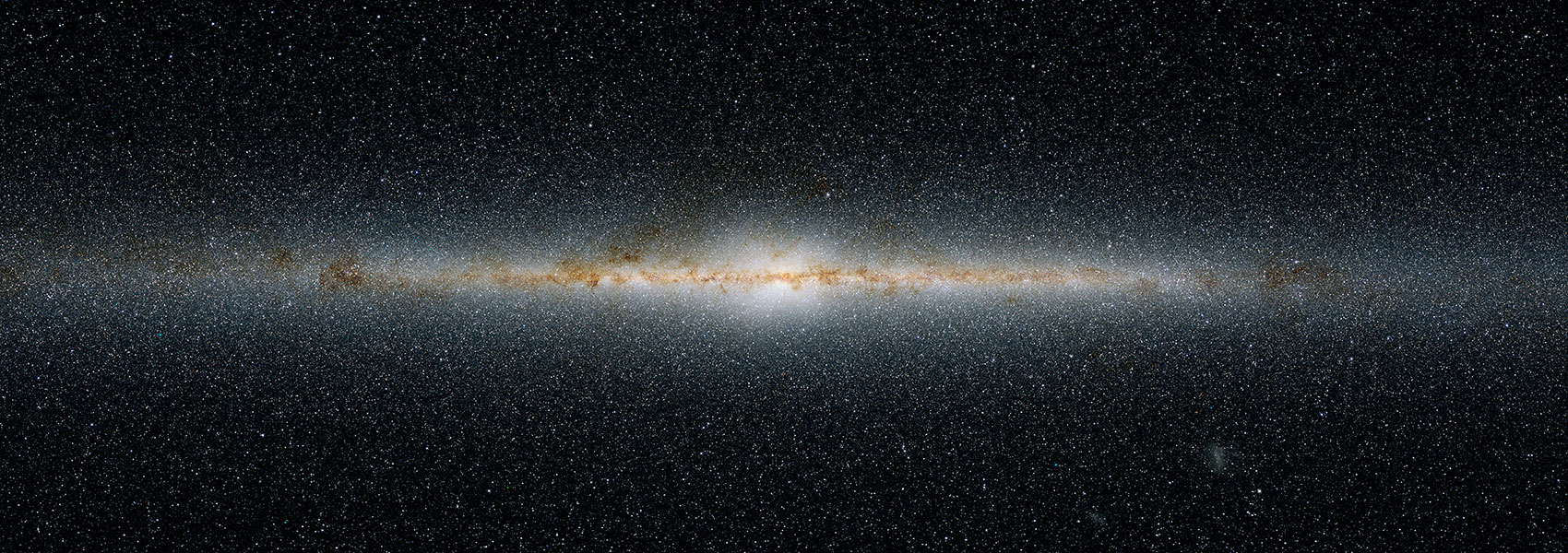June
2015
•
2015A&A...578A.128K
Authors
•
Kains, N.
•
Arellano Ferro, A.
•
Figuera Jaimes, R.
•
Bramich, D. M.
•
Skottfelt, J.
•
Jørgensen, U. G.
•
Tsapras, Y.
•
Street, R. A.
•
Browne, P.
•
Dominik, M.
•
Horne, K.
•
Hundertmark, M.
•
Ipatov, S.
•
Snodgrass, C.
•
Steele, I. A.
•
Lcogt/Robonet Consortium
•
Alsubai, K. A.
•
Bozza, V.
•
Calchi Novati, S.
•
Ciceri, S.
•
D'Ago, G.
•
Galianni, P.
•
Gu, S. -H.
•
Harpsøe, K.
•
Hinse, T. C.
•
Juncher, D.
•
Korhonen, H.
•
Mancini, L.
•
Popovas, A.
•
Rabus, M.
•
Rahvar, S.
•
Southworth, J.
•
Surdej, J.
•
Vilela, C.
•
Wang, X. -B.
•
Wertz, O.
•
Mindstep Consortium
Abstract
•
Aims: We analyse 20 nights of CCD observations in the V and I bands of the globular cluster M 68 (NGC 4590) and use them to detect variable objects. We also obtained electron-multiplying CCD (EMCCD) observations for this cluster in order to explore its core with unprecedented spatial resolution from the ground.
Methods: We reduced our data using difference image analysis to achieve the best possible photometry in the crowded field of the cluster. In doing so, we show that when dealing with identical networked telescopes, a reference image from any telescope may be used to reduce data from any other telescope, which facilitates the analysis significantly. We then used our light curves to estimate the properties of the RR Lyrae (RRL) stars in M 68 through Fourier decomposition and empirical relations. The variable star properties then allowed us to derive the cluster's metallicity and distance.
Results: M 68 had 45 previously confirmed variables, including 42 RRL and 2 SX Phoenicis (SX Phe) stars. In this paper we determine new periods and search for new variables, especially in the core of the cluster where our method performs particularly well. We detect 4 additional SX Phe stars and confirm the variability of another star, bringing the total number of confirmed variable stars in this cluster to 50. We also used archival data stretching back to 1951 to derive period changes for some of the single-mode RRL stars, and analyse the significant number of double-mode RRL stars in M 68. Furthermore, we find evidence for double-mode pulsation in one of the SX Phe stars in this cluster. Using the different classes of variables, we derived values for the metallicity of the cluster of [Fe/H] = -2.07 ± 0.06 on the ZW scale, or -2.20 ± 0.10 on the UVES scale, and found true distance moduli μ0 = 15.00 ± 0.11 mag (using RR0 stars), 15.00 ± 0.05 mag (using RR1 stars), 14.97 ± 0.11 mag (using SX Phe stars), and 15.00 ± 0.07 mag (using the MV -[Fe/H] relation for RRL stars), corresponding to physical distances of 10.00 ± 0.49, 9.99 ± 0.21, 9.84 ± 0.50, and 10.00 ± 0.30 kpc, respectively. Thanks to the first use of difference image analysis on time-series observations of M 68, we are now confident that we have a complete census of the RRL stars in this cluster.
The full Table 2 is only available at the CDS via anonymous ftp to http://cdsarc.u-strasbg.fr (ftp://130.79.128.5) or via http://cdsarc.u-strasbg.fr/viz-bin/qcat?J/A+A/578/A128
Links




